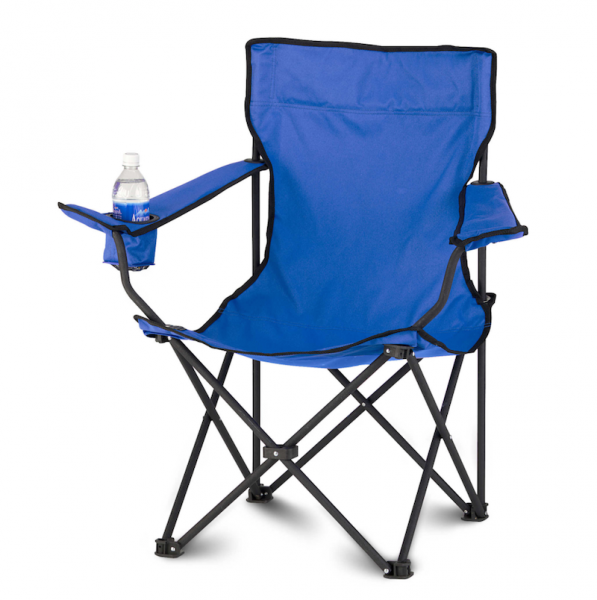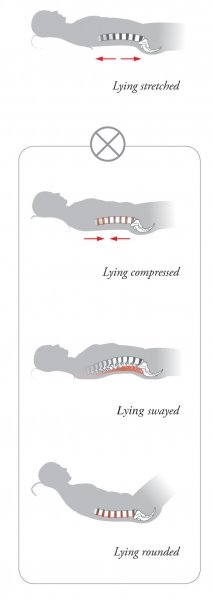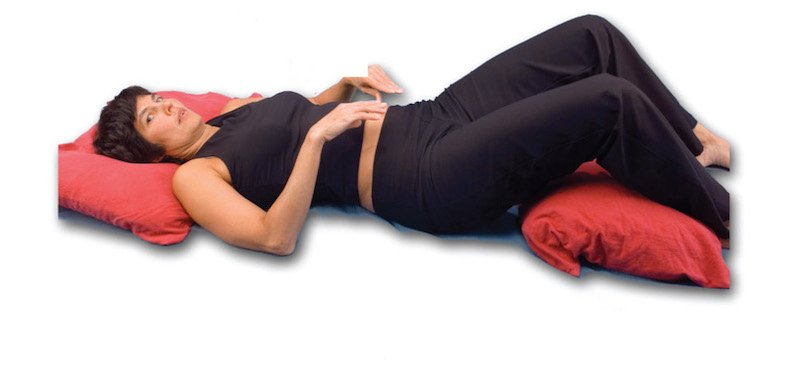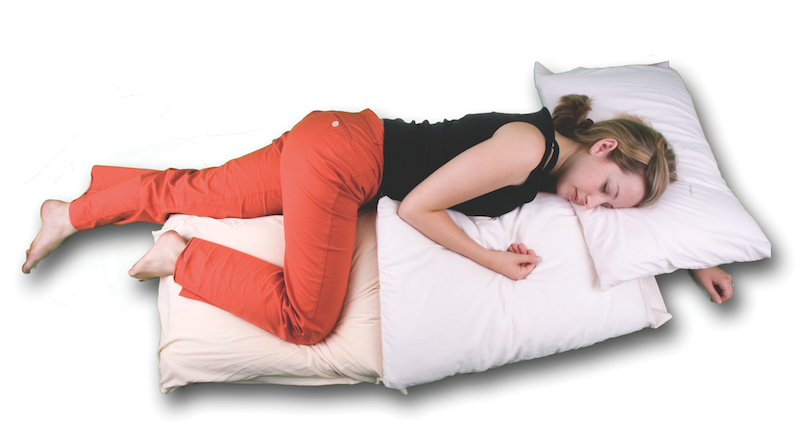Back-Saving Tips for the Outdoor Enthusiast
There are several more weeks of summer vacation before school starts again: plenty of time to squeeze a family camping trip or two out of the sunshiny drops of Summer! Here are a few tips to promote healthy posture while you’re on the road, by the campfire, and in your tent.
Are We There Yet?
During the long haul to your nearest national park, it’s easy to strain your cervical spine (the vertebrae in your neck) by craning your neck forward to see the road.

Justin Bieber, in this photo, is demonstrating forward head—his ear is forward of his collar bones, and his chin is far in front of his sternum
If you notice your head drifting out of alignment with the rest of your spine, a quick fix is to gently pull your chin in so it aligns above your sternum, and stretch the crown of your head—the part of the head that’s home to many a cowlick--up towards the roof of the car.

You can give your neck a little manual lengthening by pressing up on your occipital bones, behind your ears
Once you’ve lengthened your neck, relax your head into alignment with the rest of your spine. It should be a smoother drive from here on out!
(For further specifics on setting up your car for comfort, see this blog post on modifying your seat for Stretchsitting.)
Relaxing Fireside
Collapsible fabric and steel chairs are popular with campers, but these seats are often draped in a way that promotes slumping and slouching.

Fabric that hangs without any support induces a curved body position, and will force you into tucking your pelvis and slumping
A better option is to bring along a collapsible stool instead. With a stool, you’re better equipped to “leave your behind behind you” while you roast your s’mores.

A tri-pod style fabric stool can be used to help antevert the pelvis, because although the fabric hangs, you can tip your pelvis forward using the elevated corners in the same way as a wedge; a firm-topped stool may be even better for stacksitting, and will allow more flexibility in how open your hips are while sitting
Lights Out
Except for encountering a bear, sleeping in your tent can be the most uncomfortable part of camping. In the Gokhale Method Foundations Course, we teach our clients a technique called “Stretchlying” that decompresses the spine and can help sleepers tolerate a wide range of bed firmness. Here are two tips borrowed from the Stretchlying technique that may help prevent an achy back the next morning:
When sleeping on your back, check the position of your pillow (or if you don’t traditionally pack pillows on your camping trips, whatever you stuff under your head). Your head, neck and shoulders should be slightly raised on the pillow.
If you are too low on the pillow, it can cause your neck to curve forward. If you are too high, it can cause your neck to sway and compress your cervical vertebrae.

Your pillow should be able to support your head, neck, and shoulders without your head tilting back as if slipping off the top end of the pillow, which can cause a sway; a pillow that is too full can cause you to round your neck and/or back. Your pillow should provide just enough padding to support your current cervical curvature and encourage a very gentle lengthening stretch
I also recommend positioning a pillow underneath your knees when you sleep. Many people have tight psoas muscles, which can cause an unhealthy sway in your back if you lie down with outstretched legs. A pillow beneath your knees keeps them in a slightly bent position, which relieves the stress on your low back. Again, if you didn’t pack a pillow, you can always use a folded up fleece or other extra clothes you brought on the trip.

Stretchlying with a pillow supporting the head, neck, and shoulders, and a second pillow providing gentle support under the knees, can greatly improve your night’s sleep on a thin camping pad
An outstanding technique to use for sleep when camping, is the way most of the world sleeps—one leg is straight, one leg is bent, the body is ¾ -turned toward toward the ground.

This is an assisted version of sleeping ¾ turning toward the ground, using extra pillows under the knee and arm to help support the rotation and avoid a sway and a slumped shoulder
The challenges here are to not sway the lumbar spine, not tuck the pelvis, not force the head to turn more than it easily can, and not slump the upper shoulder forward. Easier said than done! We teach these techniques in our advanced technique classes after people have learned the basics of healthy sitting, lying on the back and side, standing, bending, lifting, and walking.
In the meantime, take along a thicker sleeping pad and extra pillows to make sleeping on the back comfortable for you.
Hopefully these tricks, along with supportive hiking shoes and plenty of bug spray, will keep your whole family in good spirits during your next excursion. And if you capture any good pictures that show these techniques in use, post them in the comments below!
Join us in an upcoming Free Workshop (online or in person).
Find a Foundations Course in your area to get the full training on the Gokhale Method!
We also offer in person or online Initial Consultations with any of our qualified Gokhale Method teachers.

Comments
I have ongoing problems with
I have ongoing problems with my neck, and a few months ago had an episode of severe pain so that I couldn't turn my head to the side in either direction, making it difficult to drive without turning my entire body. I went to an excellent neck class at Kaiser in Oakland. The most important exercise the physical therapist taught us was the neck lengthening gentle stretch (chin to sternum, crown up). She told us we might not see results right away, but if we did it right girlie for several weeks we should see improvement. Within several weeks, my neck was dramatically improved and I now have full range of motion with no pain. I continue to do the stretch lengthening several times a day, particularly when I'm in the car. I learned this when I took the Gokhale class but didn't pay much attention to it at the time. The latest email reminded me of how valuable this is.
It sometimes takes more than
It sometimes takes more than one pass to take this in - and there's nothing like pain to drive home the importance of posture!
Great timing on this post--at
Great timing on this post--at the time I was about to go camping for two weeks and was looking to buy a chair. I ended up getting the GCI Outdoor Quik-E-Seat (https://www.amazon.com/GCI-Outdoor-19010-Quik-E-Seat/dp/B0042X33TQ), because it's a tripod-style seat with a little back support. I wanted to be able to lean back once in awhile when I'm sitting by the fire. It's perfect for camping. Thanks!
Thank you for the post. Even
Thank you for the post. Even while writing this comment I became aware of my seating position and immediately corrected my position. It is a very helpful article for someone experiencing back and neck pains from desk jobs. I even once decided to get an online degree in Excercise Science to know more about these pains.
Thank you for the post. Even
Thank you for the post. Even while writing this comment I became aware of my seating position and immediately corrected my position. It is a very helpful article for someone experiencing back and neck pains from desk jobs. I faced a similar issue while giving my GRE exam.
Add New Comment
Login to add commment
Login